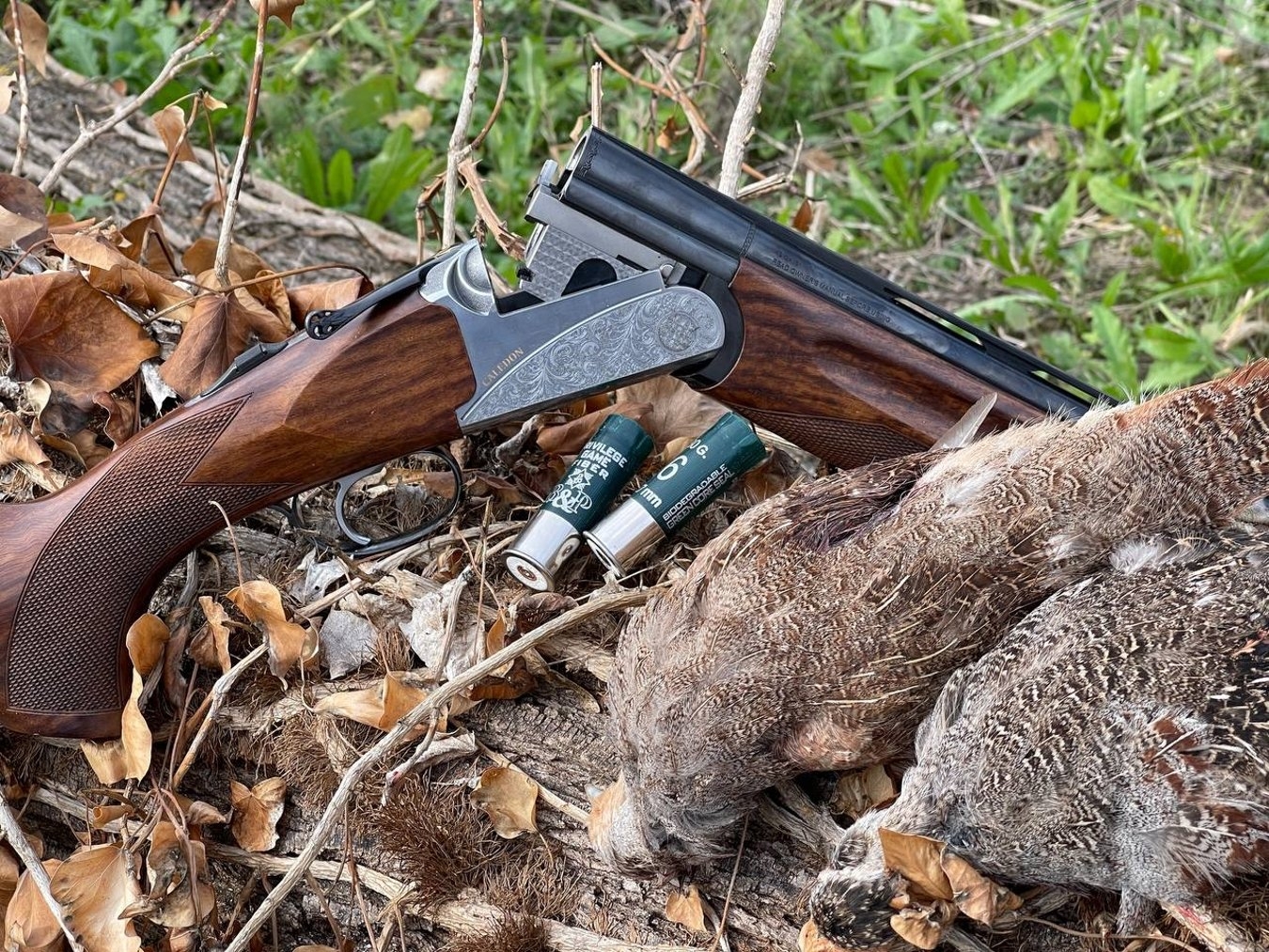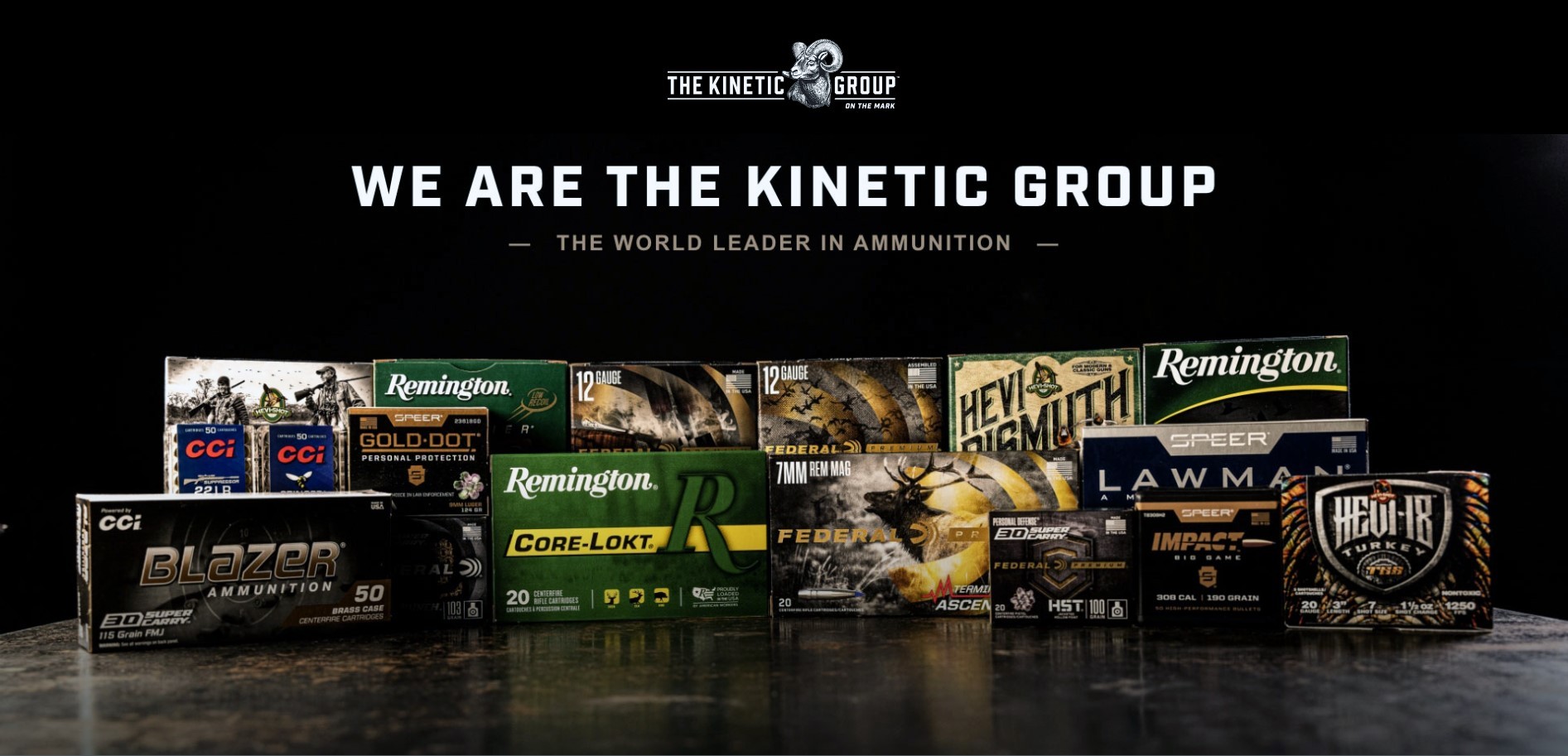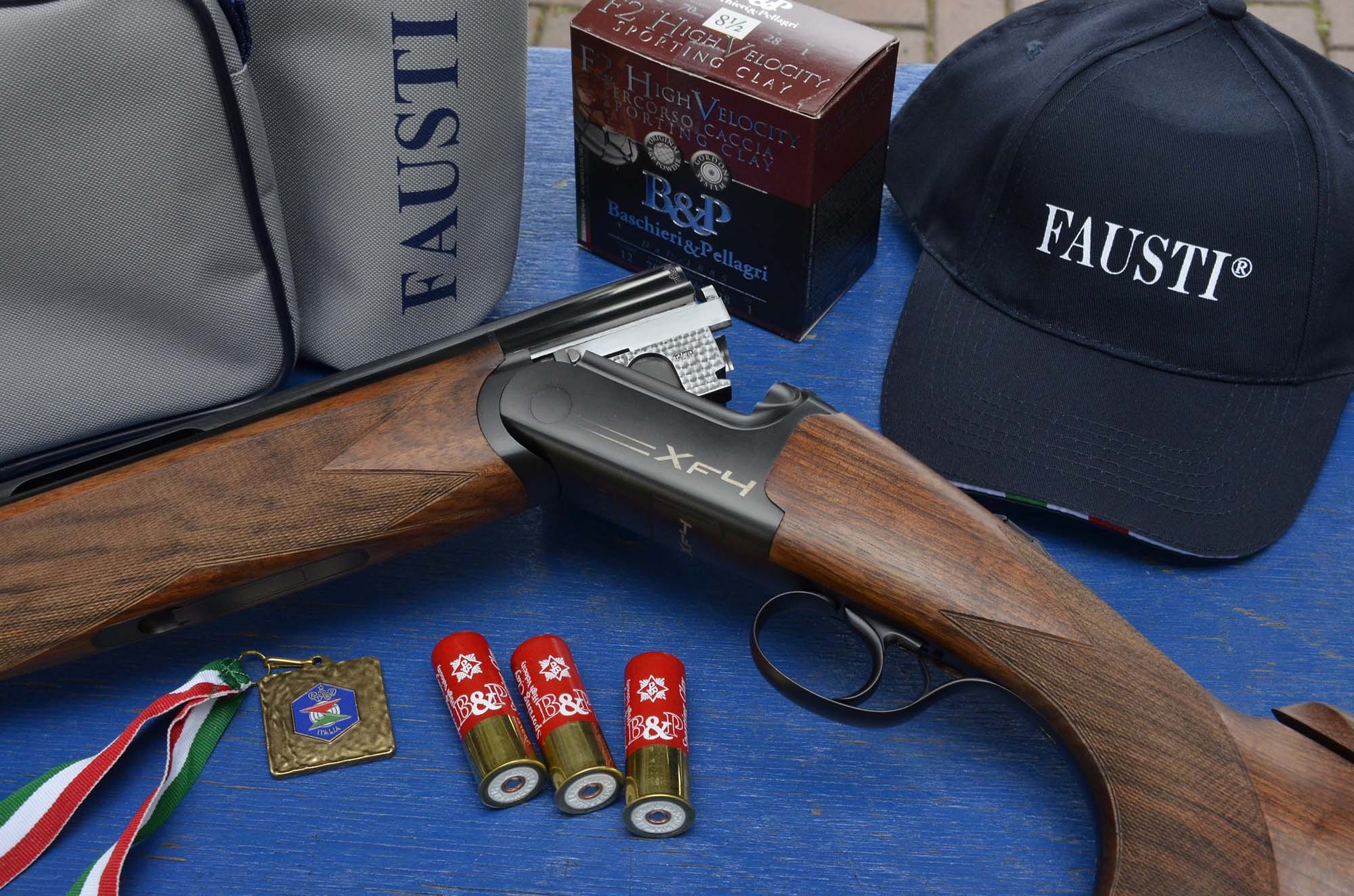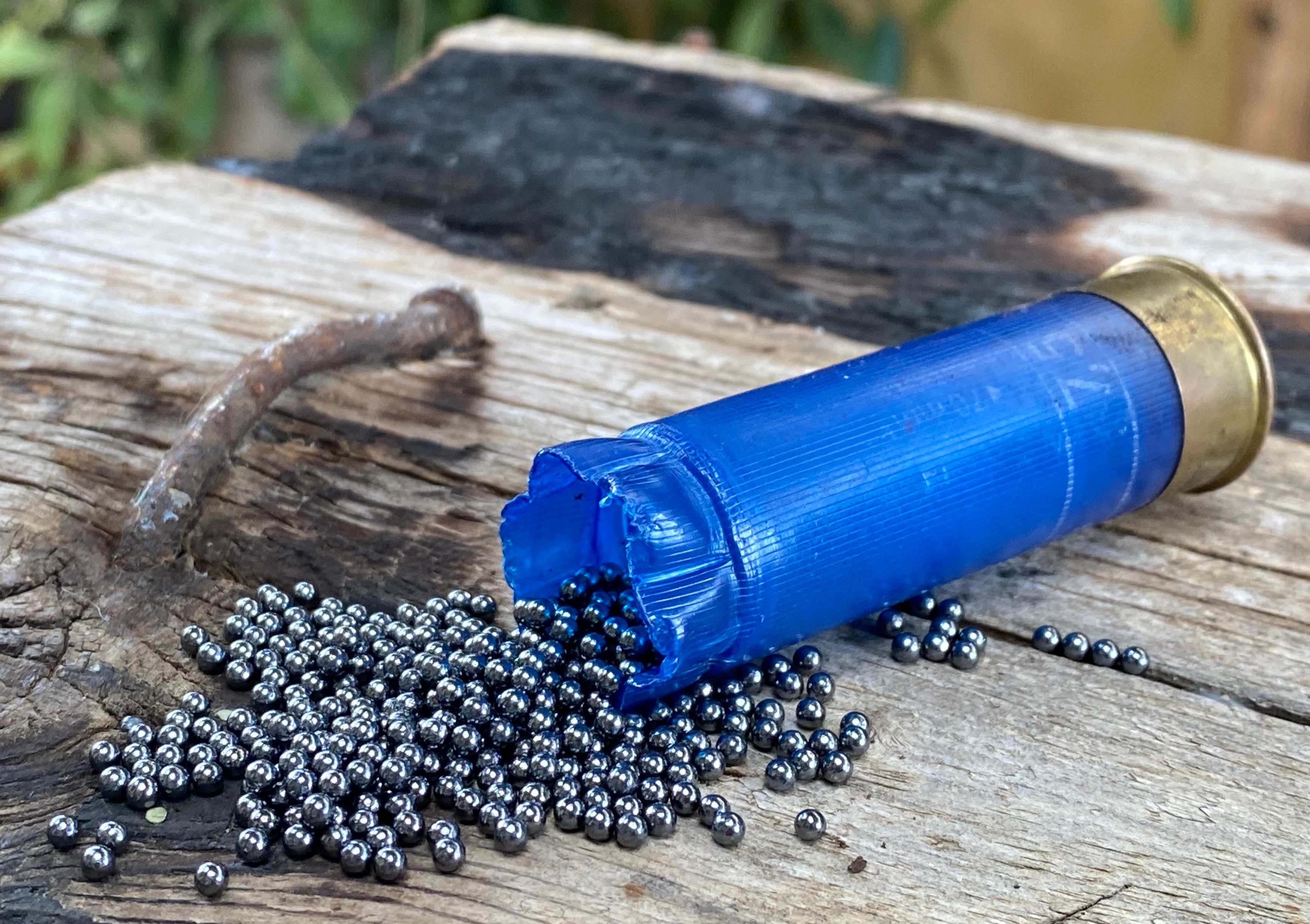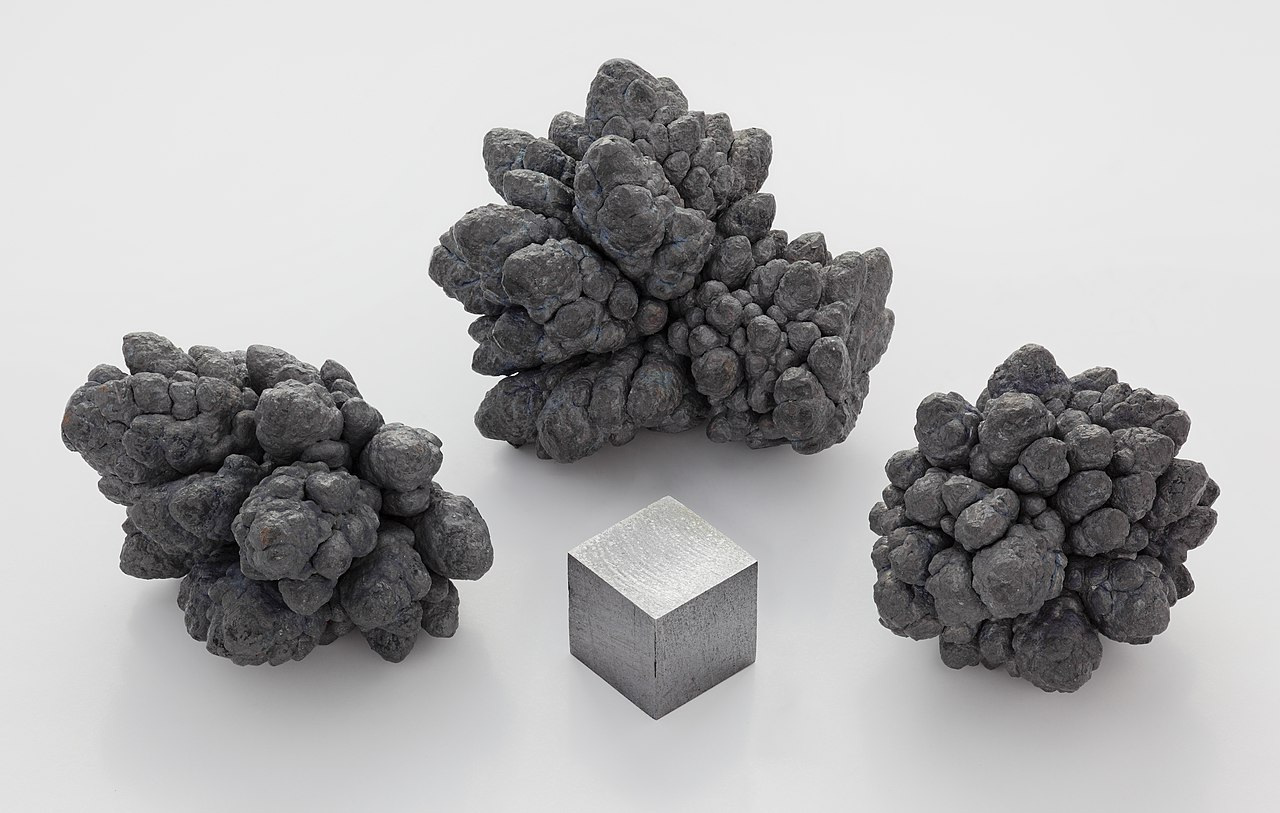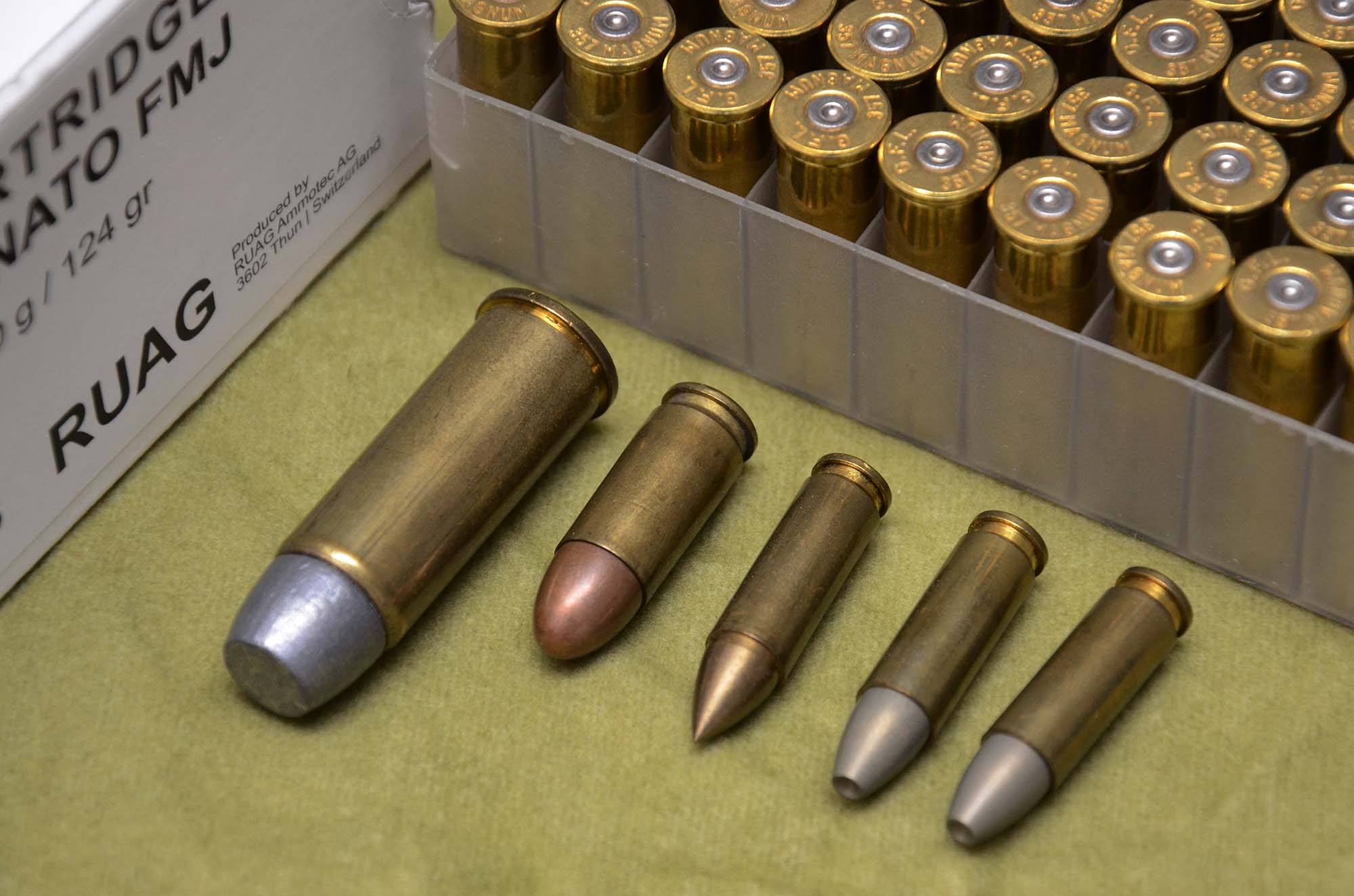We wanted to introduce a series of articles dedicated to those who are not (yet) gun enthusiasts. Judging by the messages we receive, there are not a few aspiring shooters – or the merely curious – who ask us "easy" but perfectly legitimate questions. All of us at one time in our lives did not know the difference between a pistol cartridge and a rifle cartridge; therefore, there is no harm in devoting some space to the basics of our passion. One of the most frequently asked questions from readers concerns the definition of caliber, meant both in a technical sense and as cartridge trade names.
Etymology of the term caliber
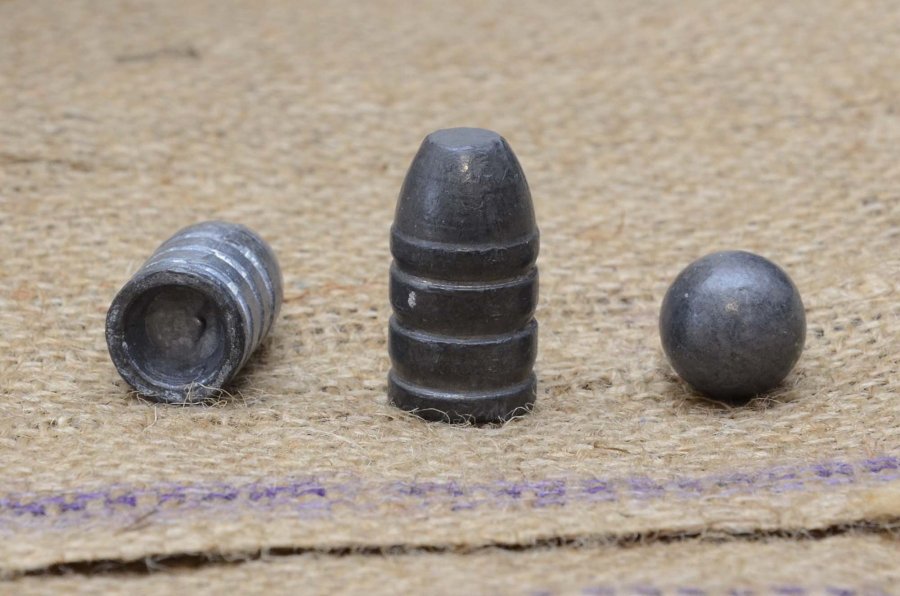
The word “caliber” comes from the French calibre, itself taken from the Arabic qàlib meaning "shape, mold." In technical language referring to firearms, caliber is the measure of the diameter of a bullet. The concept, simple as it is, is complicated by the different units of measurement adopted over the years and by habits, often linked to local military and hunting culture. Let us also not forget that cartridges are an industrial product intended for the market; therefore, commercial and marketing factors are also of great importance in their naming.
Generally speaking, the caliber of pistol and rifle ammunition, excluding British ammo and with some exceptions, is expressed in the metric system, while ammo of American or British origin uses the imperial metric system, which provides, in our case, for measurement in inches, or rather in fractions. One inch corresponds to 2.54 millimeters.
The structure of a modern cartridge and case capacity
A pistol or rifle cartridge is composed of four elements: the projectile (the part that will be shot to the target), the case (a tubular part that contains the propellant), the primer (a cap that when struck causes the powder to ignite), and finally the actual propellant.
Although ammunition is usually named after the ball diameter, this measurement actually says little about the velocity, and thus the kinetic energy of the projectile, which is expressed in joules. Kinetic energy (K) is represented by the formula K= ½ (m x v2) with m the mass of the projectile and v the velocity. This means that the projectile velocity is much more important than its mass in achieving the total kinetic energy.
Let's take an example: a projectile weighing 10 grams traveling at 400 meters per second has a kinetic energy of 800 joules. If for the same velocity we double the weight of the projectile, the result will be 1600 joules, which is double the starting value. But if we double the velocity pushing the 10-gram projectile at the velocity of 800 m/s, the result will be 3200 joules, thus four times the initial situation. Here, then, the best way to get more energy out of a projectile is to first increase its velocity.
From a practical point of view, this can be achieved by increasing the amount of propellant contained in the case, that is, the part of the cartridge that acts as a container and houses the primer seat, usually made of brass. Take the example of the .38 Short Colt, one of the earliest revolver cartridges that came into being in 1851 with a 19.4-mm long case. In an attempt to make the cartridge more powerful, its case was lengthened to 26.2 mm, and the new cartridge was called the .38 Long Colt.
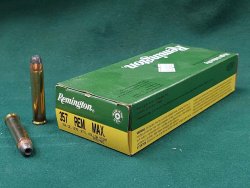
But the cartridge's energy was still considered not enough for combat use, so in 1898 the cartridge case length was increased to 29.3 mm. Thus was born the 38 Special, a very popular revolver caliber still popular today. In 1934 Elmer Keith lengthened the cartridge case to the 33 mm mark and renamed it .357 Magnum (we will see later why the number changed) creating another absolute classic. With this cartridge, the term Magnum was also born, denoting above-average power ammo. But that wasn't the end of the story: in 1983 Remington and Ruger introduced the very powerful .357 Maximum, invented by Elgin Gates, with a 40.8 mm long case.
The difference in energy between the first and last of these cartridges, which share the same bullet diameter, is spectacular: it ranges from about 245 joules of energy of the .38 Short Colt (with a 129-grain ball) to 1,900 joules of a .357 Maximum with a 158-grain ball. So the nominal bullet diameter alone is not enough to quantify a cartridge's energy. The converse also and especially applies to rifle ammo, where for the same ball diameter we find cases with an even more variable capacity, with an even wider range of energy performance.
Smoothbore cartridges, a measure that comes from afar
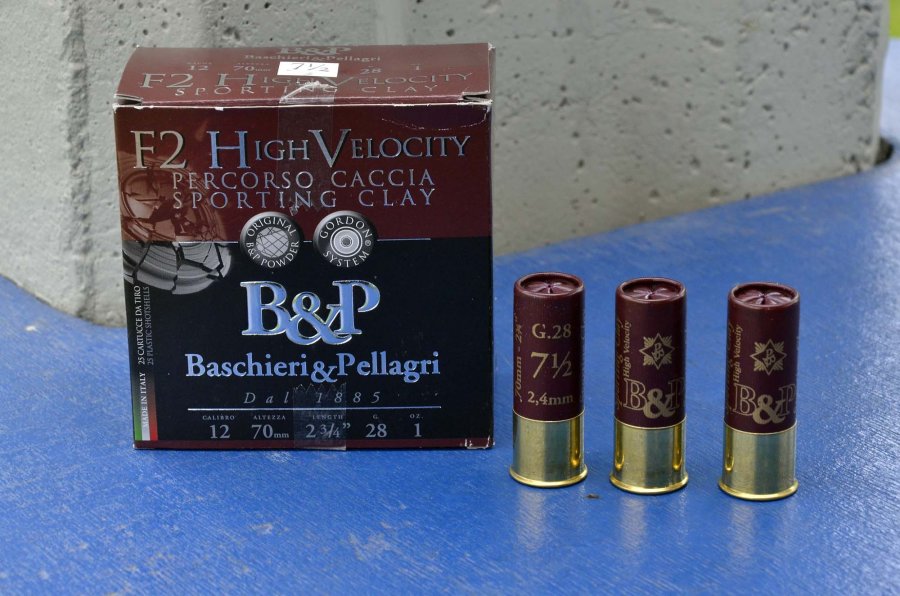
Smoothbore ammunition is a different story: here the inner diameter of the barrel (bore diameter) is expressed by a number (12, 20, 16, etc.) that equals the number of round balls with the same diameter of the barrel bore which can be cast from one pound of lead (one pound corresponds to 453.592 grams). This is a system of measurement that is anachronistic today, but it made sense in the early days of military use of firearms, when muskets balls were also cast on the battlefield by units' gunsmiths. Knowing how many balls could be made from a given amount of lead, perhaps plundered from the enemy, was a non-negligible tactical advantage. Now this way of measuring balls no longer makes practical sense, but it has remained in common use and is unlikely to be supplanted.
Translated into millimeters, the inner diameter of a 12-gauge barrel with standard bore is 18.5 millimeters, that of 20-gauge is 15.6 mm, and that of .36-gauge is 12.8 mm. However, even in 12-gauge ammo cases capacity has been improved by lengthening them, so with the same diameter we can have shorter or longer (and more powerful) cartridges, and here case length is given in millimeters in European countries and in inches in Anglo-Saxon countries. The standard 12 gauge cartridge is also called 12/70 (mm) or 12/2" ¾, while the 12 Magnum is called 12/76 (mm) and in English it becomes 12/3". Finally, the 12-ga Super Magnum may be referred to as 12/89mm or 12/3 ½. Shotgun cartridges are named according to gauge while the term caliber is used for rifle ammo only.
The naming of European cartridges
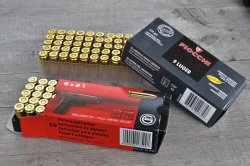
In order not to be pedantic, we will limit ourselves to a few examples of well-known rifle and pistol calibers. Let's start with the 9 Parabellum (9mm or 9 Para), designed by George Luger in 1902. This cartridge has a bullet diameter of 9 mm and a case length of 19 mm; therefore, it can also be found referred to as 9x19 or as 9 Luger. All these definitions are accurate and interchangeable. The designation "Parabellum" comes from the Latin phrase "Si vis pacem para bellum" or "If you want peace, prepare for war," which was the motto of DWM (Deutsche Waffen und Munitionsfabriken), the Berlin-based company that manufactures the first Borchardt and Luger pistols, the latter also called Parabellum by extension.
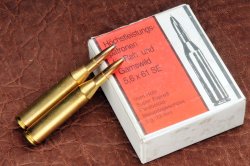
We were saying that all in all, European calibers expressed in the metric system are fairly easy to understand: the first number is generally the diameter of the bullet in millimeters, while the second, if present, indicates the case length. Often in place of the second number we find the name of the inventor or manufacturing company, or a trademark, an adjective, or both. We can mention here the 9 Glisenti or the 7.63 Mauser and the 8 Lebel. The names of European calibers can also be quite challenging: take the 5.6x61 Vom Hofe Super Express, which reveals the bullet diameter and case length in millimeters, the surname of its creator (Berliner Ernst August Vom Hofe), and for further clarity adds two terms that allude to the bullet's extraordinary velocity.
There is no shortage of exceptions: the .338 Lapua Magnum, for example, owes its designation in fractions of an inch to the fact that it was developed by Finland's Sako and Lapua in collaboration with Britain's Accuracy International.
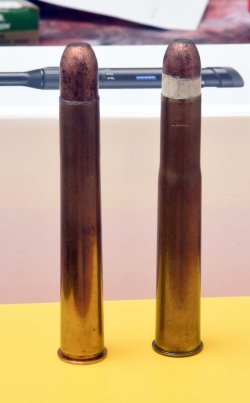
Let's talk now about the British cartridges developed in the mid- to late 1800s. Many have in common a long cylindrical case and a large caliber, as the research was much influenced by what was the British Army's standard issue long gun at the time, namely the single-shot Martini Henry falling-block rifle. The English term Express was very popular in the 19th century, a century of technological innovations, to name particularly powerful ammunition and alludes to express trains, which we might compare to today's high-speed trains.
Thus the adjective Express, often combined with "Nitro," which indicated ammunition loaded with nitrocellulose propellant (thus the most powerful smokeless powder) was used to denote high-powered cartridges intended for hunting in the British colonies. One example out of all, the famous .600 Nitro Express, where .600 is the diameter of the ball in thousandths of an inch.
For the .600 Nitro, case length is not indicated, while in other similar calibers, such as the .450 Nitro Express 3" (i.e., 3 inches) this is part of the full designation and serves to distinguish it from similar cartridges but with a longer or shorter case such as the .450 Nitro Express 3"1⁄4. Interestingly, in the second half of the 19th century, fast bullets were compared to trains, whereas today's high-speed trains are referred to as "bullet trains" in the common parlance of many countries.
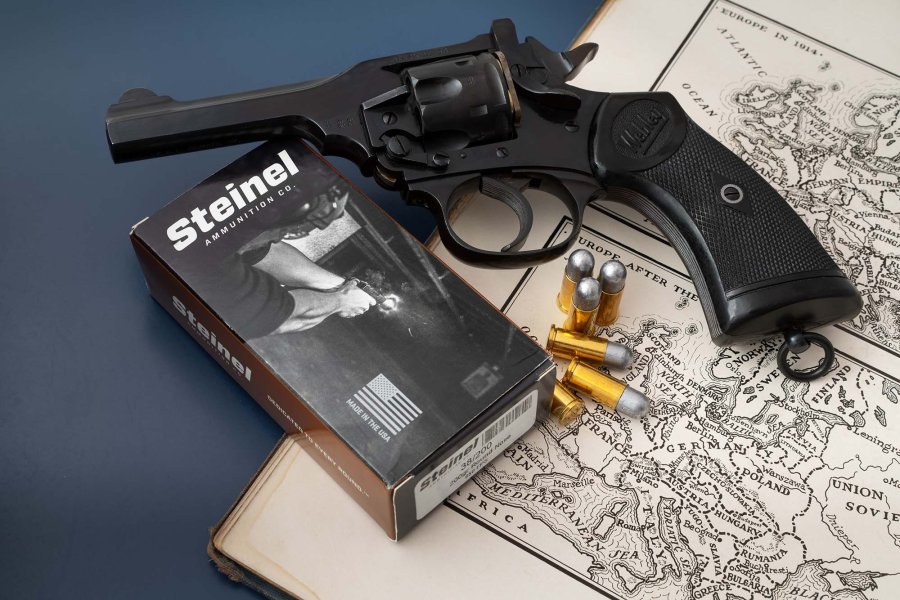
Synonyms and geographical differences
But not everything runs so smoothly: take three pistol calibers that in Europe we call 6.35 Browning, 7.65 Browning and 9x17. All three were created by John Moses Browning, the first two for FN in Herstal, Belgium and the third for the U.S. Colt. On the U.S. market the three are known as .25 ACP, .32 ACP and .380 ACP respectively, where ACP stands for Automatic Colt Pistol, indicating that they were intended to be fired in Colt's semi-automatic pistols. Certainly the different naming arose from the need to make the nature of the calibers more readily understood by an audience of users comfortable with feet, yards and inches. Curiously, the 9 Parabellum escaped at least some of this logic of renaming calibers, and in the U.S. it is called simply 9mm. Occasionally, we happened to read on some American sites the name “9 NATO”, which is consistent after all. As if there were not enough confusion already, sometimes local languages complicate things: the 9x23 Bergmann-Bayard caliber was adopted by the Spanish Army in 1905 along with the Bergmann-Bayard pistol and was later chambered in other weapons. Well, to distinguish it they renamed it “9 Largo”, since in Spanish "largo" actually means "long..."
"Italian" pistol calibers
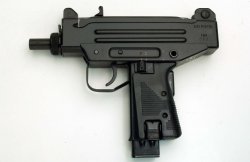
We now come to the calibers that are born for specific reasons related to local laws. The first and most obvious case we have always had before our eyes is the 9x21, born in Italy in 1980 on the initiative of Erasmo Giordano and Armando Piscetta. Since the 9 Parabellum was banned for civilians, the two decided to get around the obstacle by developing a cartridge that in fact had the same performance as the 9x19 but did not allow interchangeability. They thus developed a cartridge with a 21-mm long case by shortening that of the 9 Steyr (9x23) by two millimeters. The 9x21 is also known as 9x21 IMI because the final development of the cartridge was overseen by Israeli Military Industries (now IWI), which manufactured the first guns in this caliber. The first 9x21 gun to be sold to civilians was the UZI Defender, a semi-automatic version of the Micro Uzi submachine gun.
Another caliber that enjoyed a fair amount of success in some Europen countries more because of the impossibility of legally using the original 9x17 (.380 ACP) was the 9x18 Ultra, designed in Germany between the two world wars and revived by Walther for its PP Super pistol of 1972.
The naming of U.S. calibers
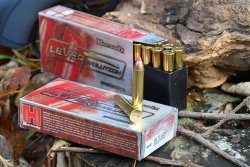
In the USA, where the imperial metric system is used, the designing and manufacturing of new calibers got a big boost during the Civil War and the subsequent turbulent years. In the second half of the nineteenth century, with the transition from muzzle-loading to breech-loading guns – admittedly rather slow, especially in the civilian field – saw the birth of a multitude of pistol and rifle calibers. We must remember that at that time the only propellant available was black powder, which was relatively inefficient; cartridges such as the .45/70 Government or the 50-140 Sharps were born at that time, where the first number is the diameter of the bullet expressed in hundredths of an inch and the second is the weight of the black powder charge expressed in grains (one grain corresponds to 0.06 grams). Sometimes the name of the manufacturer of the cartridge or the gun for which it was chambered also followed. There are exceptions to this as well, some of them quite enigmatic: the .56-56 Spencer rimfire cartridge, for example, was named after the diameter of the case base and mouth, which was then the same. Another naming example is that of the popular .30-06 Springfield carbine cartridge, where the first number refers to the caliber, while the second alludes to the year the cartridge was adopted by the U.S. Army, namely 1906.
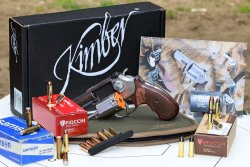
It then happens that the evolution of a cartridge sees changes in designation that further confuse ideas. Take as an example the aforementioned .38 Special caliber. Today the actual diameter of the bullet is 357 thousandths of an inch, so much so that the same bullet can be used for reloading the .38 Special and the .357, but this was not originally true. As we have seen the .38 Special is derived from the .38 Long Colt, which in turn is derived from the .38 Short Colt. The first of these munitions was developed in the 1860s to be fired in Colt revolvers converted from muzzle-loading to breech-loading. As we know, cartridges of the time were loaded with black powder and often had a "heeled" type bullet, with the exposed part having the same diameter as the cartridge case, while the inner part had a slightly smaller diameter. This is a type of bullet that survives today only in .22 caliber rimfire cartridges (.22 Short, .22 Long and .22 Long Rifle). The original bullet diameter of the .38 Short Colt was 37.8 thousandths of an inch, rounded to 38 in the commercial designation.
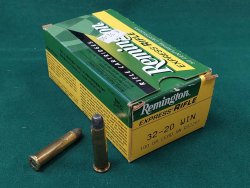
Heeled bullets usually features grease grooves, which had a tendency to collect dust and sand and create feeding and reliability problems rather than solve them. Soon this archaic bullet design was supplanted by bullets with a smaller diameter than the case. As early as 1875 the .38 Long Colt had a conventional bullet with a diameter of .357 thousandths of an inch.
Since the .38 Long was derived directly from the .38 Short, the designation, inaccurate as it was, was retained even when the .38 Special was derived from it in 1898, further lengthening its case. Another example is the very powerful .454 Casull, a revolver cartridge developed by lengthening and reinforcing the case of the .45 Long Colt. Both cartridges actually use the same .452-millimeter bullet.
We conclude this first installment without adding more data that might weigh down the reading. In the next installment we will delve deeper into pistol calibers by examining them from both technical and commercial perspectives, with examples of great success and a few commercial flops. Stay tuned!







